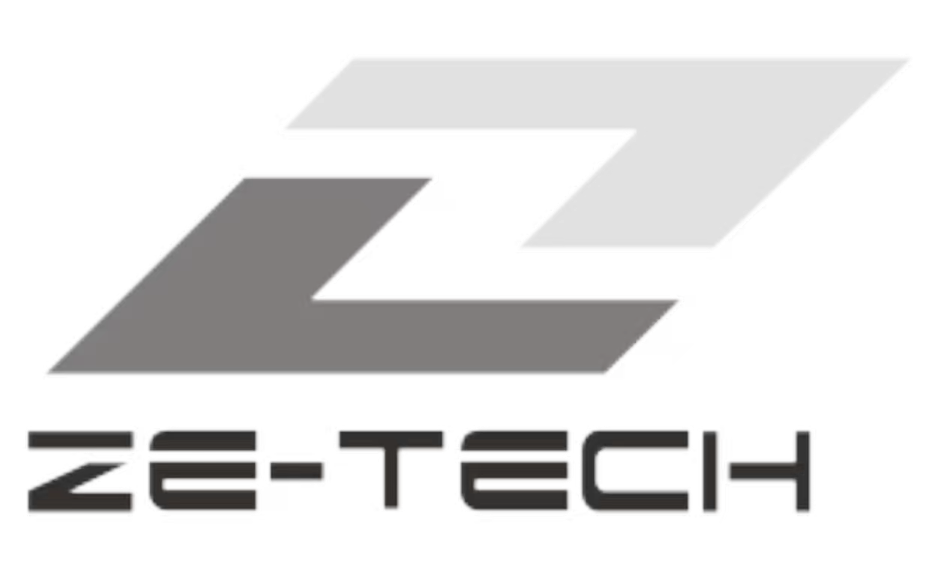Introduction
In the aerospace industry, precision is not just a competitive advantage — it is a matter of safety and compliance. Aircraft components are subject to extreme environments, including high temperatures, vibration, and rapid pressure changes. To meet these requirements, CNC machining has become a cornerstone of aerospace manufacturing, enabling the production of highly accurate, reliable, and lightweight components.
This article explores the role of CNC machining in aerospace, focusing on precision standards, safety-critical considerations, and industry certifications.
Why CNC Machining Is Essential for Aerospace
- Tight Tolerances: Aerospace components often require tolerances as tight as ±0.001 mm, ensuring perfect fit and function.
- Material Versatility: CNC machining can process advanced alloys such as titanium, Inconel, and aluminum, all critical for lightweight yet durable structures.
- Complex Geometries: Multi-axis CNC machines can produce intricate designs for turbine blades, structural brackets, and hydraulic housings.
- Repeatability: CNC provides consistent quality across thousands of parts — a critical factor in aerospace supply chains.
Common Aerospace Components Manufactured by CNC
| Component | Function | Typical Material | Tolerance Requirement |
|---|---|---|---|
| Turbine Blades | Convert high-temperature gas into thrust | Titanium alloys, Inconel | ±0.002 mm |
| Structural Brackets | Support load-bearing structures | Aluminum alloys | ±0.005 mm |
| Hydraulic Manifolds | Control fluid flow in systems | Stainless steel, titanium | ±0.01 mm |
| Landing Gear Parts | Absorb shock during landing | High-strength steel, titanium | ±0.005 mm |
| Avionics Housings | Protect sensitive electronics | Aluminum, magnesium | ±0.01 mm |
Safety and Certification Considerations
Unlike consumer products, aerospace components must comply with stringent safety and regulatory standards:
- AS9100 Certification: The global standard for aerospace quality management systems.
- NADCAP Approval: For special processes such as heat treatment, welding, and non-destructive testing (NDT).
- Traceability: Each component must have complete documentation from raw material sourcing to final inspection.
- Testing & Validation: Dimensional inspection, fatigue testing, and non-destructive inspection (e.g., ultrasonic, X-ray).
💡 At Ze-tech Mold, our CNC machining processes align with aerospace requirements, ensuring compliance, reliability, and superior quality for every project.
Benefits of CNC Machining for Aerospace
- Weight Reduction Without Strength Loss
- Use of titanium and aluminum alloys allows the creation of lightweight components while maintaining structural integrity.
- Enhanced Performance
- High precision minimizes friction losses and enhances aerodynamics in turbines and airframes.
- Cost-Effective for Small and Large Batches
- CNC machining offers flexibility: rapid prototyping for R&D and high-volume production for OEM supply chains.
- Global Supply Chain Compatibility
- CNC-machined parts are standardized and can integrate seamlessly across international aerospace suppliers.
Future of CNC in Aerospace
The aerospace sector is moving toward hybrid manufacturing, combining CNC machining with additive manufacturing (3D printing) to optimize material usage and design complexity. Additionally, AI-driven quality control and IoT monitoring are enhancing process reliability and reducing downtime.
Conclusion
CNC machining remains a critical enabler of aerospace innovation, ensuring parts are precise, safe, and certified for flight. Whether it’s turbine blades or structural supports, the role of CNC in aerospace cannot be overstated.
👉 At Ze-tech Mold, we provide end-to-end CNC machining services for aerospace components, backed by ISO and AS9100 standards. Our expertise ensures your parts meet the highest industry requirements, from prototype to production.
📩 Contact us today to discuss your aerospace machining project and discover how our precision capabilities can accelerate your innovation.
